Could you live on one of the world's most remote inhabited islands?
Paradise found?
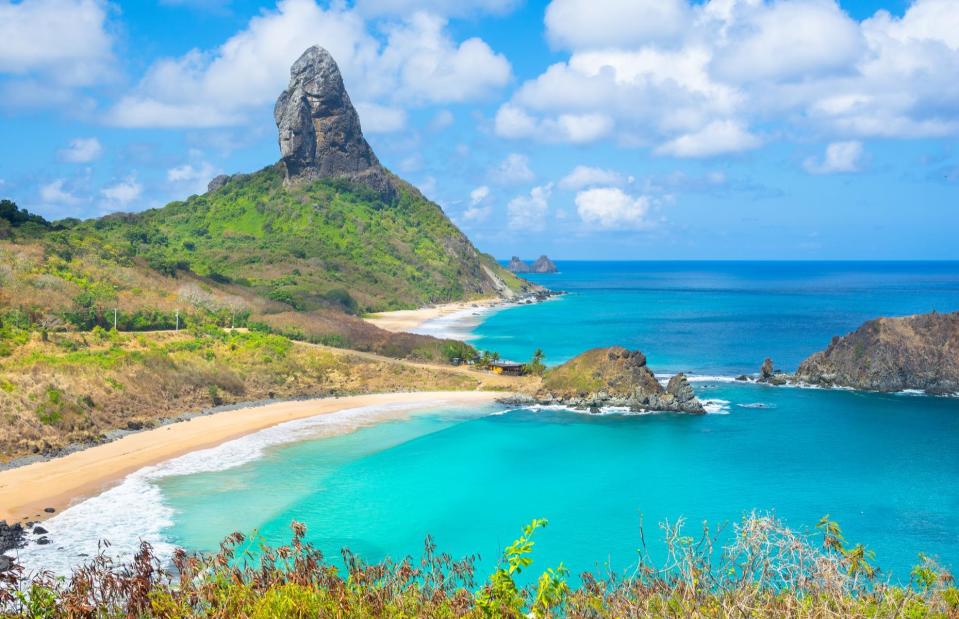
Nido Huebl/Shutterstock
Some humans crave closeness to others. But other intrepid souls make their homes in the world’s most hard-to-reach places. The reward? Plenty of space, a unique society, and stunning scenery you’d never get tired of.
From distant tropical atolls visited only a few times a year by the outside world to subarctic spots steeped in history, we discover the planet’s most isolated inhabited islands.
Iriomote, Okinawa, Japan
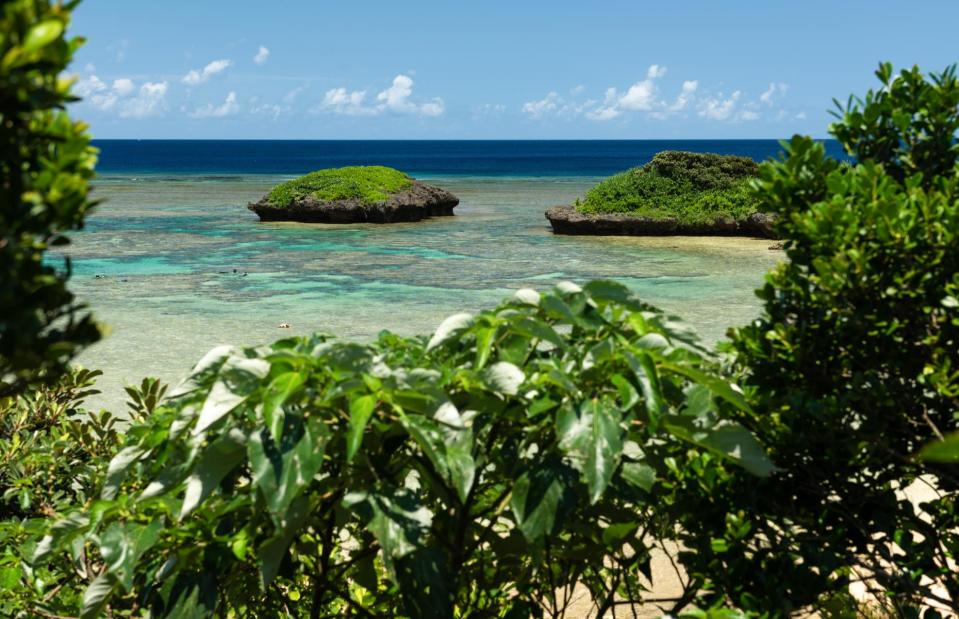
Renata Barbarino/Shutterstock
Down at Japan’s southernmost end is wild Iriomote, a subtropical island that’s 90% covered by lush rainforest. Inside its sprawling jungle lives a critically endangered wildcat species called the yamaneko, which the 2,400 islanders are fiercely proud and protective of. But Iriomote is a castaway’s paradise for more than its deep jungle – it has turquoise reefs that are perfect for snorkelling too.
Easter Island, Chile
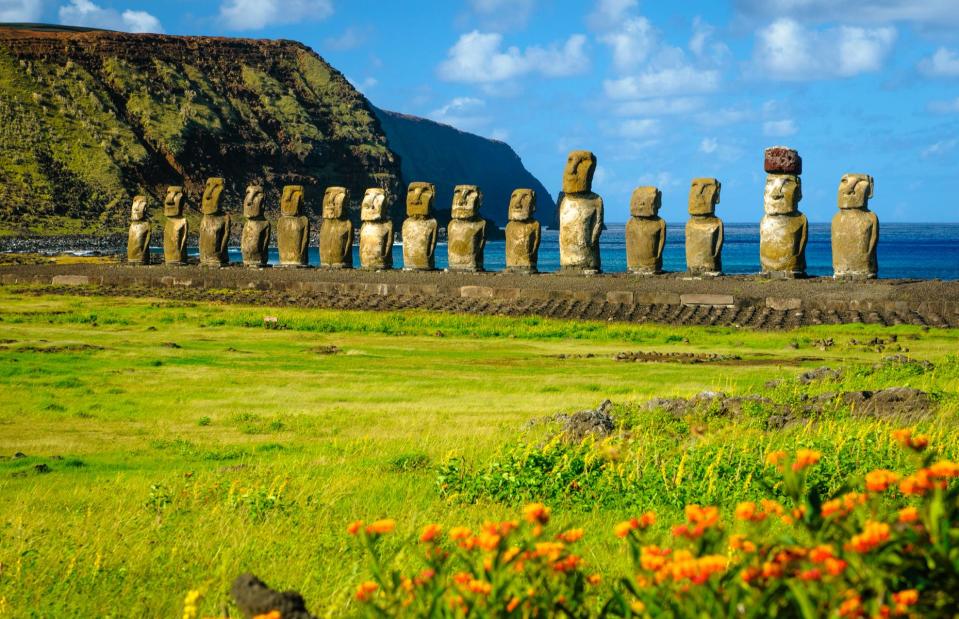
Khristopher Kettner/Shutterstock
Easter Island’s remoteness (it’s over 2,500 miles/3,540km from mainland Chile) and mysterious Moai statues have attracted adventurers for centuries. Also known as Rapa Nui, Polynesian explorers first landed on the island in approximately AD 800, making it the easternmost island of Polynesian settlement. They started constructing the Moai statues during the 13th century, but nobody is sure why. Today fewer than 8,000 people call this remote spot home.
Pitcairn Island, United Kingdom Overseas Territory
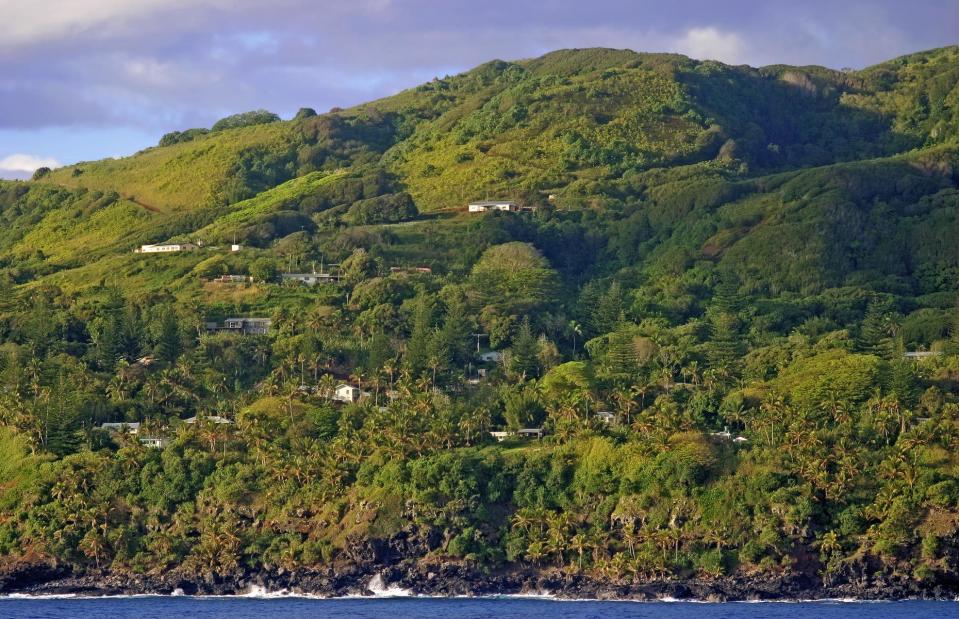
Claude Huot/Shutterstock
Pitcairn is one of Easter Island’s nearest inhabited neighbours, at the short distance of 1,180 miles (1,900km) to the west. Only around 50 people live on Pitcairn, in secluded wooden houses nestled into a steep, wooded cliff. Many citizens are directly descended from the mutineers on the ill-fated HMS Bounty and their Polynesian consorts, who landed on Pitcairn after taking control of the ship in 1789. Travelling by boat remains the only way to get to Pitcairn, but don’t worry, mutiny is rare on the MV Silver Supporter, the chartered ship that connects the Pitcairnese to Mangareva in French Polynesia in around 32 hours.
Norfolk Island, Australia
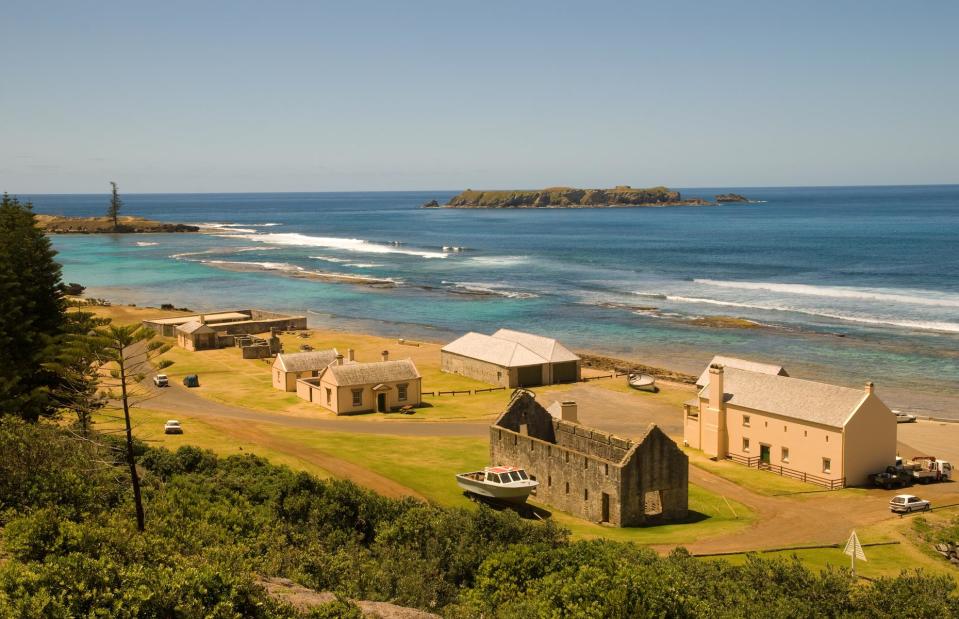
SeekingNatureAus/Shutterstock
At just five miles (8km) long and three miles (5km) wide, this tiny Aussie island in the middle of the South Pacific packs a surprising amount in. There’s a golf course, UNESCO World Heritage Site prison, and even an airport. About 2,000 residents call this island home, but it wasn’t always that way: many of their ancestors were themselves Pitcairn Islanders, resettled by the British government in the 1850s after a shortage of fish and water on Pitcairn caused hardship.
Little Andaman, India
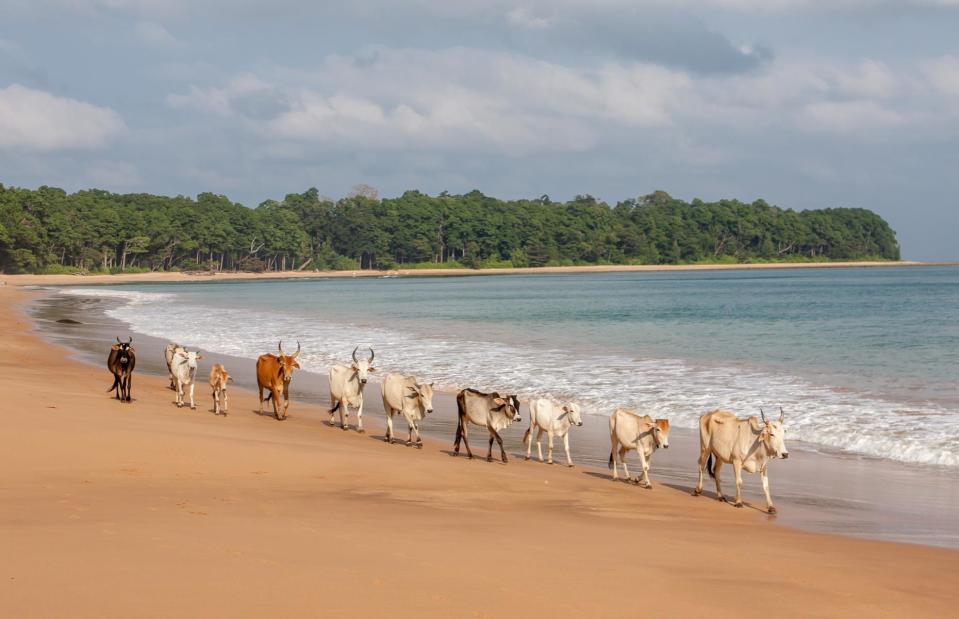
Eugene Ga/Shutterstock
Nestled in the middle of a string of isles that make up the Andaman and Nicobar island groups, Little Andaman is the fourth-largest of the Andamans, with around 18,800 people living here. It’s a six to eight-hour ferry ride from the main island, and the Indigenous Onge population speak a separate language unrelated to any other. Their reserves are forbidden to tourists, but visitors can still explore the rest of the island’s waterfalls, waves and elephant sanctuaries.
Kerguelen, French Southern and Antarctic Lands
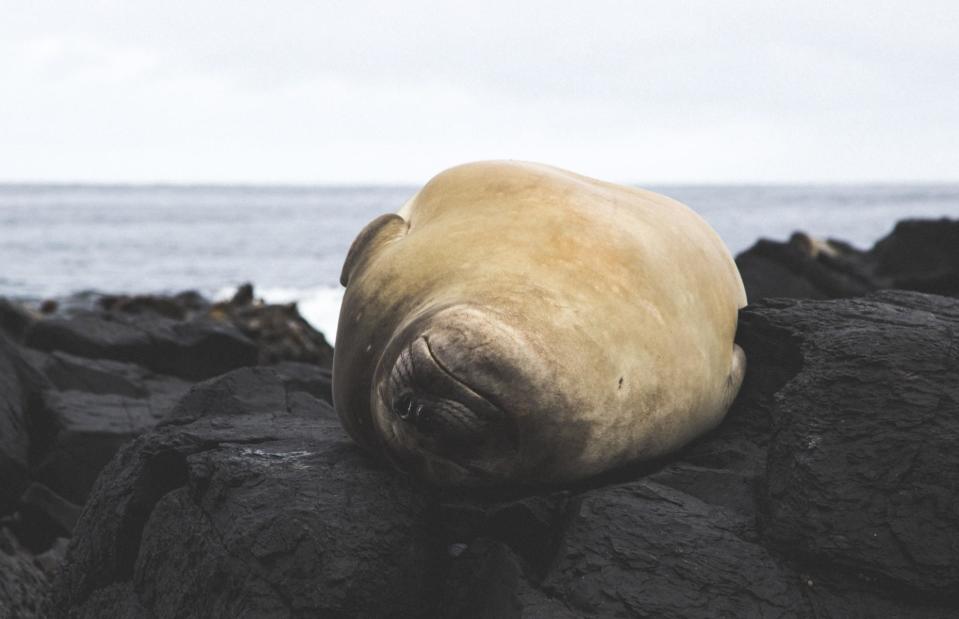
Etienne Pauthenet/Unsplash
Lying in the Southern Ocean are the ice cap-covered Kerguelen Islands, about 300 islets that form the French Southern and Antarctic Lands. Nicknamed ‘Desolation Islands', Kerguelen has only been populated since the 1950s, when French scientists and geographers set up Port-aux-Francais (the one and only settlement on Kerguelen). The inhabitants, of which there can be 50 to 100 depending on the season, have an ironic sense of humour – the main road is named ‘Route 66’, with the settlement’s reservoir being called ‘Central Park Pond’.
Saint Helena, British Overseas Territory
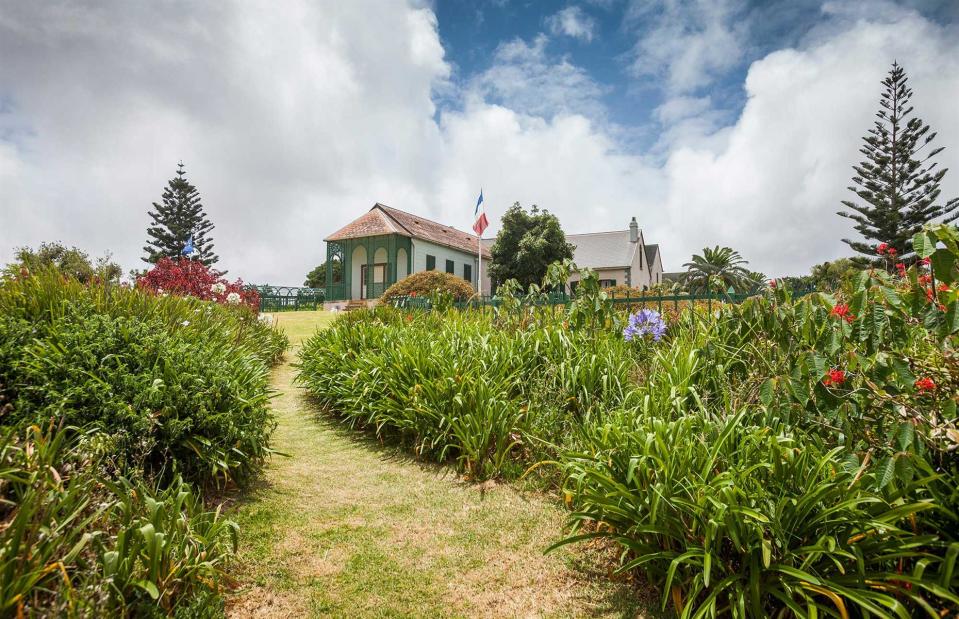
Umomos/Shutterstock
It was only in 2018 that flying to Saint Helena became possible, thanks to a direct flight from South Africa. Until then the only way to reach this speck in the South Atlantic was via a Royal Mail ship, a journey that could take five to six days depending on the weather. It was here that Napoleon died in exile and visitors can see his home, Longwood House, pictured here, today. There are around 5,000 islanders, known as Saints, but the oldest resident is Jonathan, a giant tortoise believed to be aged 192, who was brought from the Seychelles.
Tristan da Cunha, British Overseas Territory
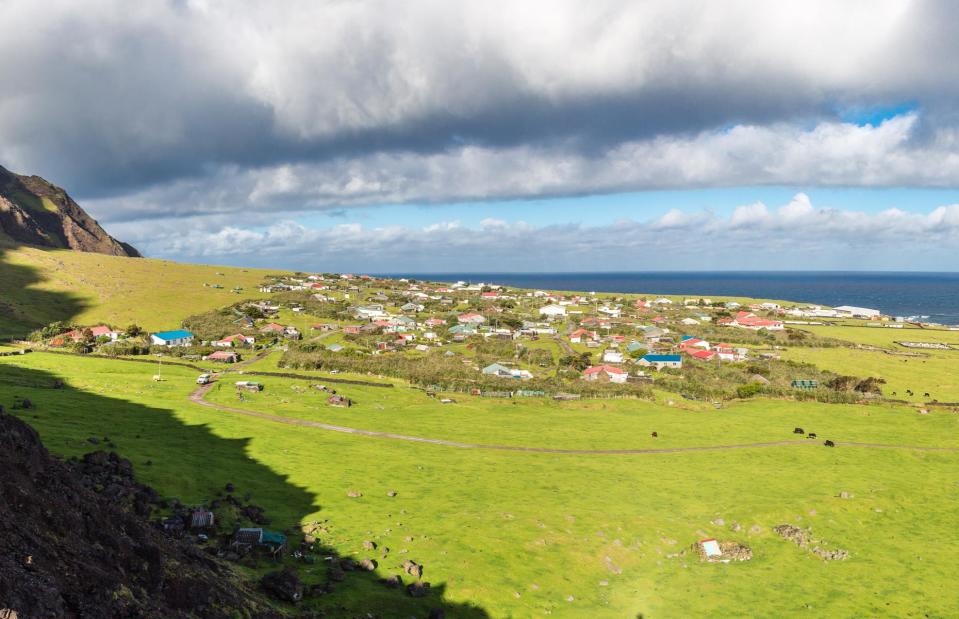
maloff/Shutterstock
The capital of Tristan da Cunha, Edinburgh of the Seven Seas, claims to be the “most isolated community in the world”; the next village (on Saint Helena) is around 1,510 miles (2,430km) away. There aren’t any hotels, restaurants or even safe beaches on this South Atlantic island that's home to about 240 people, though guest houses and homestays are available. The key attraction is hiking to the peak of Tristan’s active volcano over 6,765 feet (2,062m) above sea level.
Floreana, Galapagos Islands, Ecuador
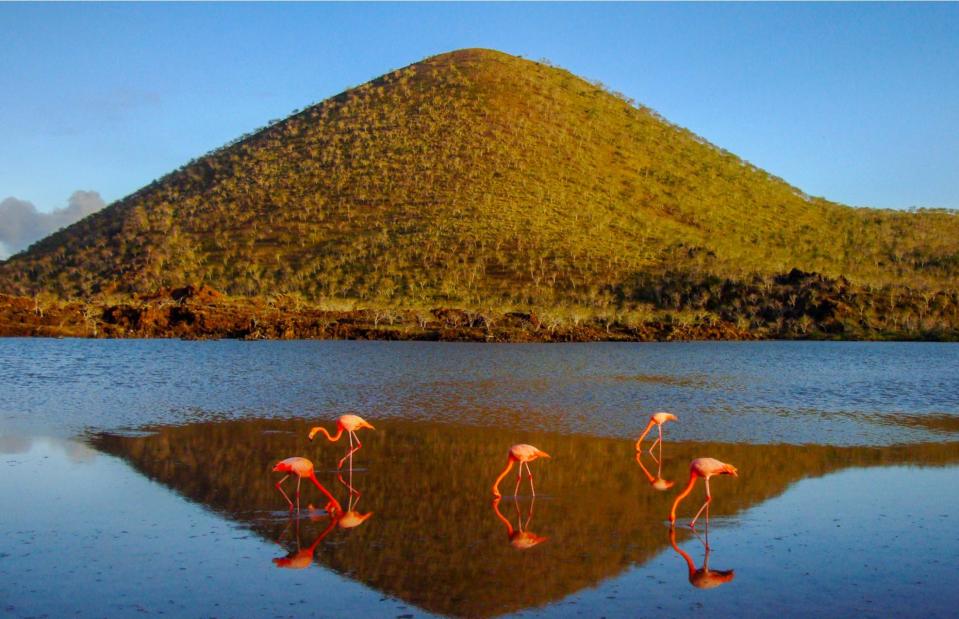
dipard.photography/Shutterstock
The Galapagos are renowned for their unique wildlife, and Floreana (officially Santa Maria) has vibrant flamingoes and slow sea turtles galore. The island's under-threat wildlife came under the spotlight in 2021 with the announcement of a £30.3 million ($43m) pledge from actor Leonardo DiCaprio and a group of conservationists, whose plans to reintroduce native animals include the pink iguana and the Floreana mockingbird. Floreana is also home to the Galapagos’ first 'post office'. It was initially a wooden barrel where sailors would put their letters in the hope the next passing ship would pick them up. It's a tradition kept alive today by the 140 or so current residents.
Adak, Alaska, USA
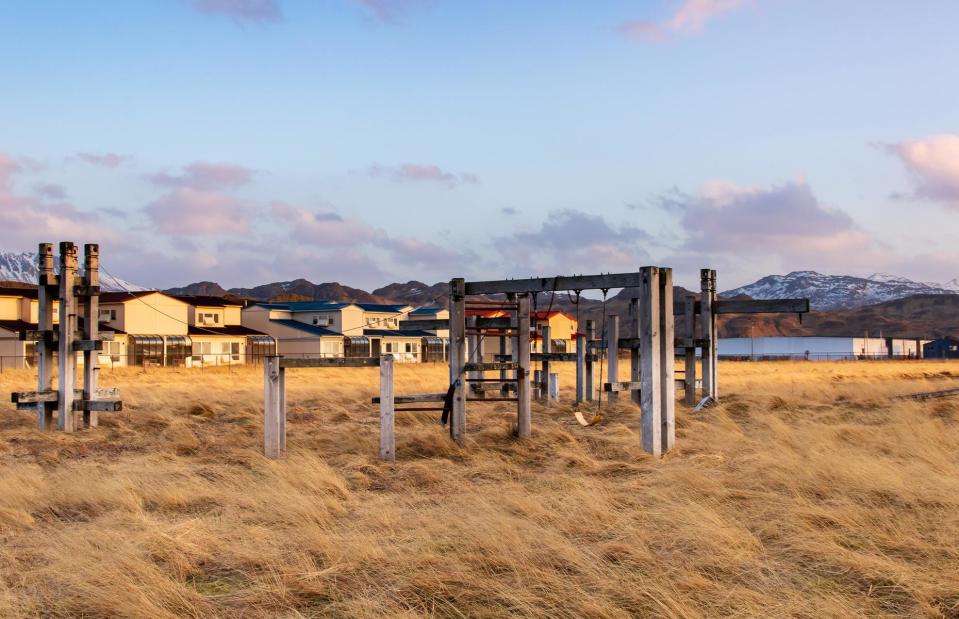
Daniel Briem/Shutterstock
Despite its major wind-chill factor, Adak is Alaska’s southernmost settlement. The island has always been inhabited by Indigenous Aleut peoples, but in the 20th century, the population exploded to 6,000 because a US military base was built to keep an eye on nearby Russia. During the Second World War, and later the Cold War, servicemen, women and their families built a small town on the island, complete with a McDonald’s and swimming pool.
Fernando de Noronha, Brazil
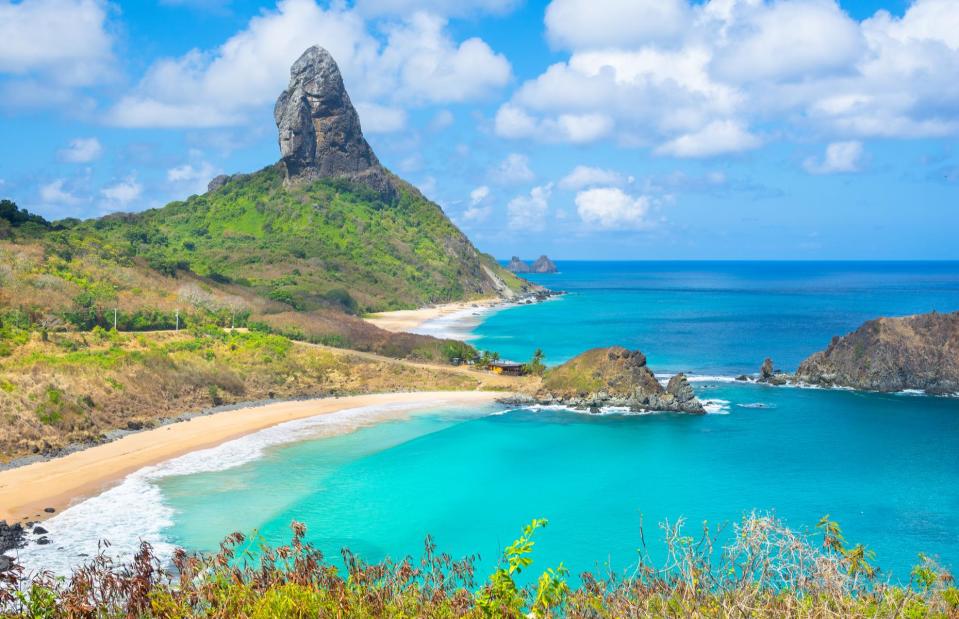
Nido Huebl/Shutterstock
Situated 340 miles (547km) off the Brazilian coast, the islands of Fernando de Noronha are part of a UNESCO World Heritage Site. It’s easy to see why – sugarloaf-shaped volcanic rocks jut high above the jungle and sandy shores give way to sea-life-filled shallows. Around 3,100 people live here and while flights to the mainland are available, visitor numbers are strictly limited to 420 at any one time, so expect to book your stay about six months in advance and pay a fee.
Corvo, The Azores, Portugal
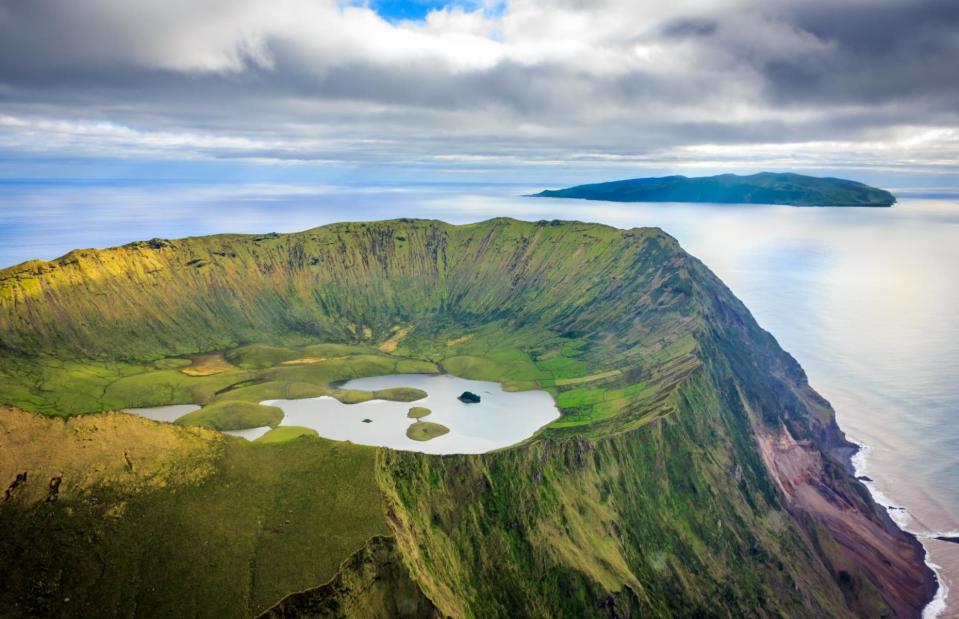
Samuel Domingues/Shutterstock
With an internationally renowned sanctuary that shelters many types of migratory bird, it’s apt that Corvo’s Portuguese name translates to “Crow Island”. The tiniest island in the Azores – with around 400 residents – is little more than a partially submerged caldera, but on it exists a relaxed way of life untouched by the business of the mainland: see the dry stone windmills, pore over the rich woodworking and knitting crafts the island is known for, or lose yourself in the narrow, cobbled streets of the village.
Foula, Shetland Islands, Scotland, UK
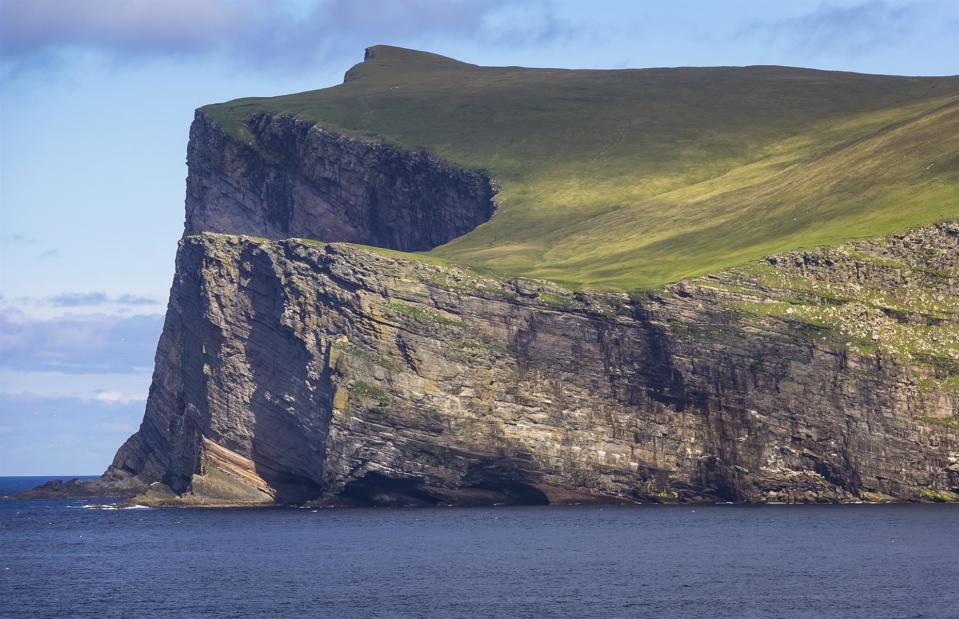
photolike/Shutterstock
Few places in the UK can claim to be remote, but little Foula – 20 miles (32km) west of Mainland, the largest of the Shetland Islands – lives up to its 'edge of the world' epithet. Even the calendar is different here. Foula stayed using the Julian calendar when Britain switched over to Gregorian in 1752, so the island is now 12 days behind. While the rest of Scotland bathes in a post-Hogmanay glow, Foula's 30 or so residents don't celebrate New Year’s Day until 13 January.
Socotra, Yemen
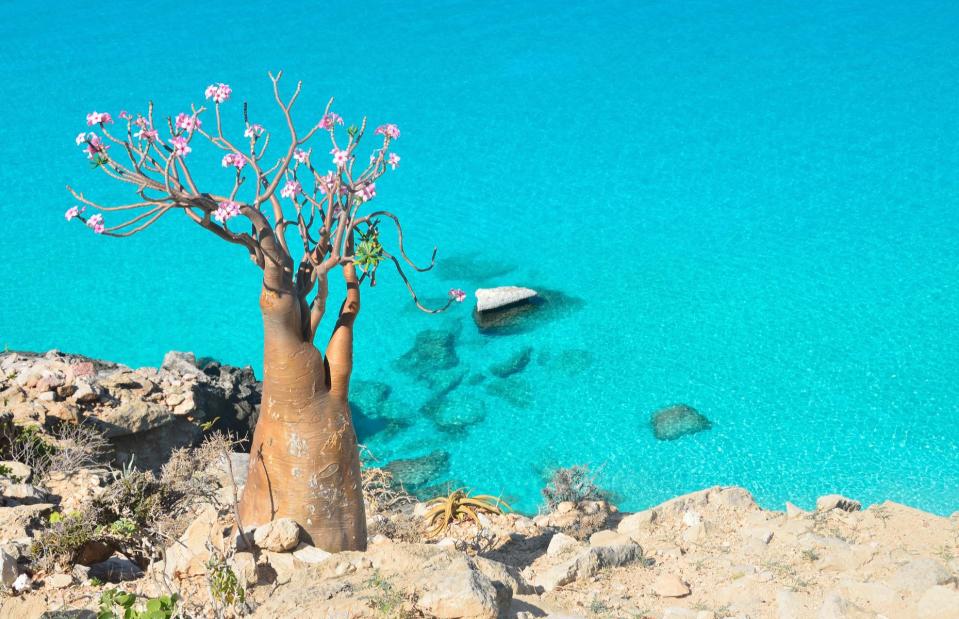
Ovchinnikova Irina/Shutterstock
Just off the Horn of Africa lies Socotra, the epitome of a desert island. Not many trees grow here, but the ones that do are unusual – the dragon’s blood tree, baobab and the pretty-in-pink desert rose flourish. In fact, 37% of its flora is unique. The ecosystem’s survival has been credited to the efforts of Socotra’s people – around 60,000 – whose subsistence agriculture and expertise of the island’s unique geography have left it relatively untouched.
Gavdos, Crete, Greece
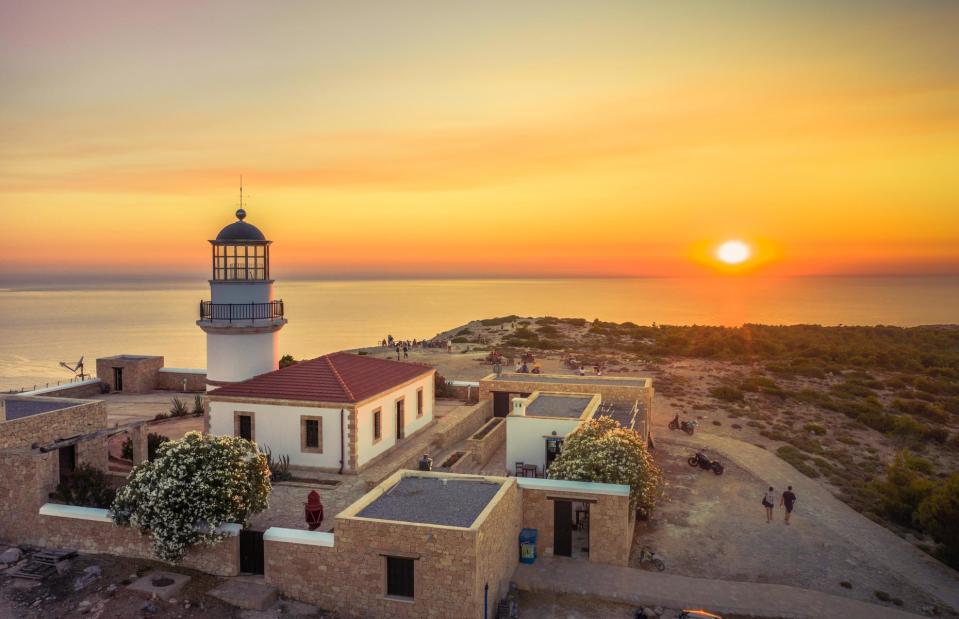
Giorgios Tsichlis/Shutterstock
This rocky outcrop, about 31 miles (50km) south of Crete, is Europe’s southernmost point. Unlike Socotra, its lack of trees is a result of deforestation by the Romans, who used the island’s advantageous position to keep watch over the outer reaches of their Mediterranean empire. If you thought Crete’s bustling beaches were to die for, then Gavdos is practically heaven: they’re quiet, sun-baked and beautifully blue everywhere you look. And what's more you'll be sharing them with fewer than 70 permanent islanders.
Annobon, Equatorial Guinea
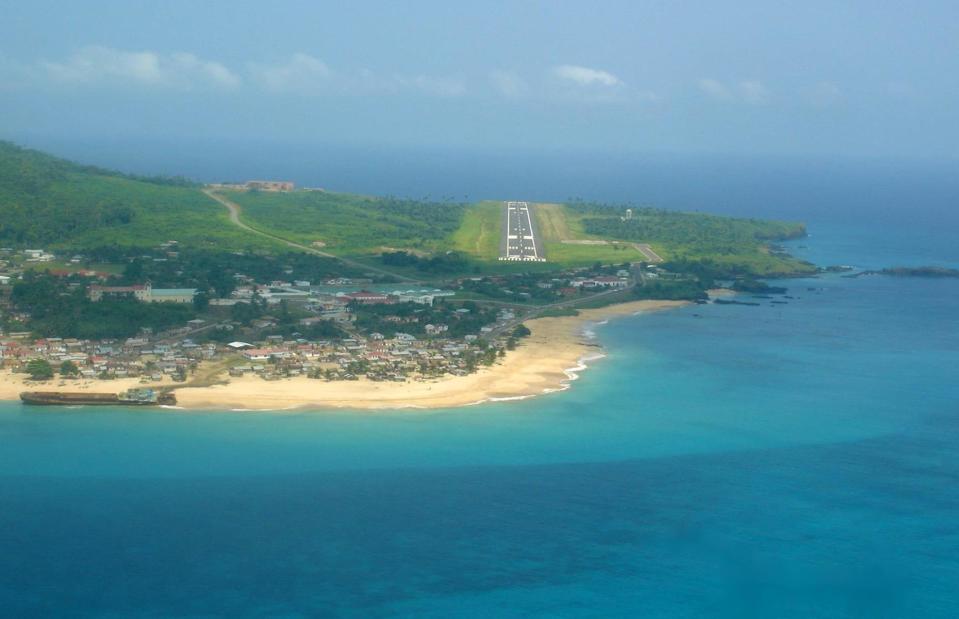
UR-SDV/Wikimedia Commons/GNU Free Documentation License
This island of approximately 5,000 people, situated just south of Sao Tome and Principe, is little-known to the outside world. Annobon’s name comes from the fact it was first discovered by Portuguese explorers on New Year’s Day in 1475. While the official language of Equatorial Guinea is Spanish, the residents of Annobon speak a creole form of Portuguese and it's because the island was so cut off from the mainland that the language has remained unchanged.
Dahlak Islands, Eritrea
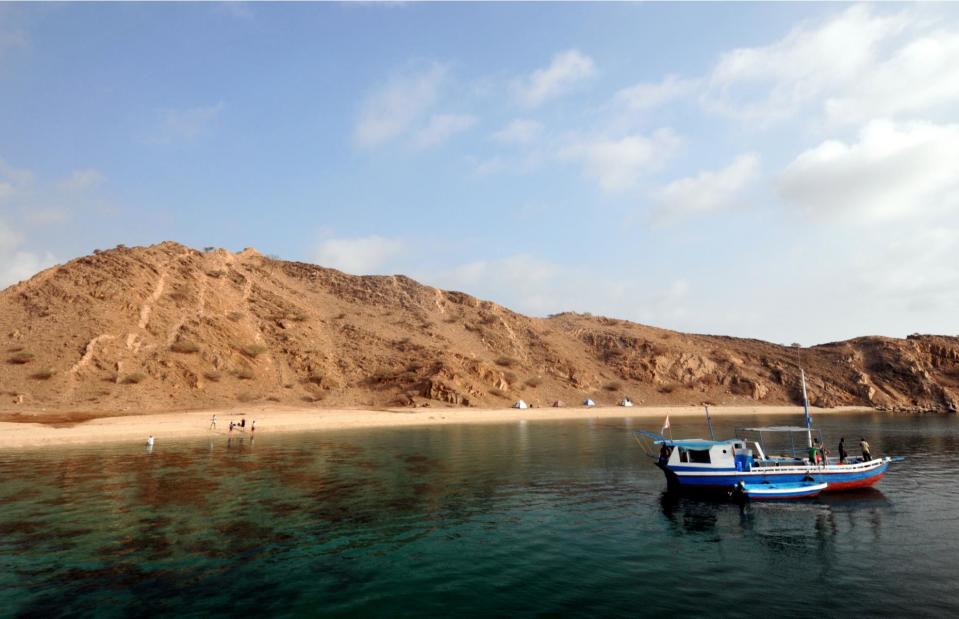
Matej Hudovernik/Shutterstock
The Red Sea is known the world over for its incredible diving, and Eritrea’s sleepy chain of Dahlak Islands offers plenty of it. The waters are filled with fascinating submarine action, from angelfish to sea turtles, dolphins to pearls. With around 2,500 people populating more than 200 islands, the archipelago has a long and rich history. Visitors can discover prehistoric water cisterns, Ottoman-era inscriptions and 20th-century shipwrecks.
Bear Island, Svalbard, Norway
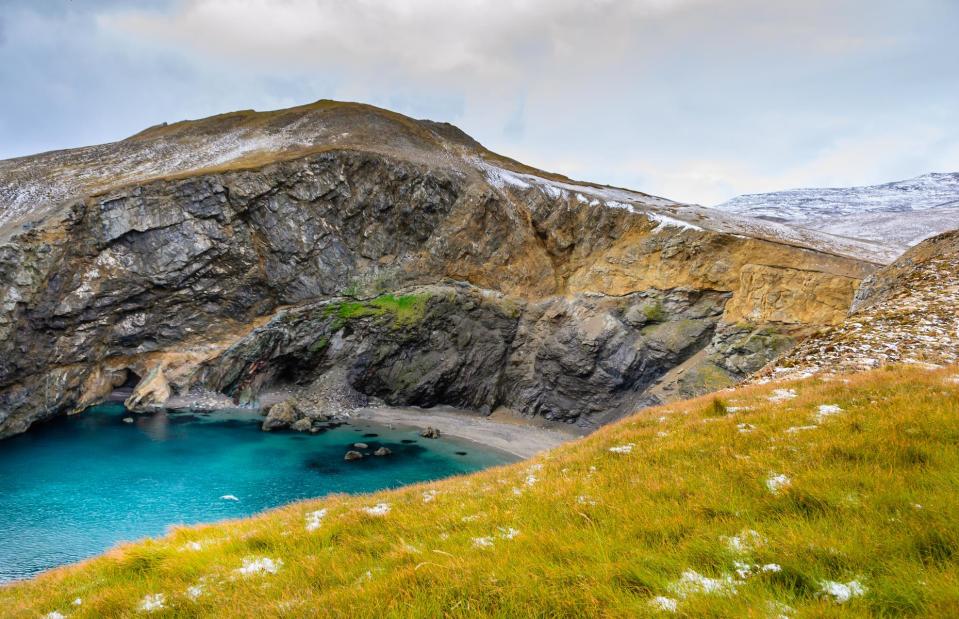
Tetyana Dotsenko/Shutterstock
Lying halfway between Svalbard and the Norwegian mainland, Bear Island is home to only a handful of people who work on the meteorological station. With striking, diagonally-striped rocks and sharp sea stacks, it’s a surprise it’s so little-visited. The first of the Svalbard islands to be discovered by Dutch explorer Willem Barentsz, Bear Island also boasts the archipelago’s oldest house, built in 1822.
Niihau, Hawaii, USA
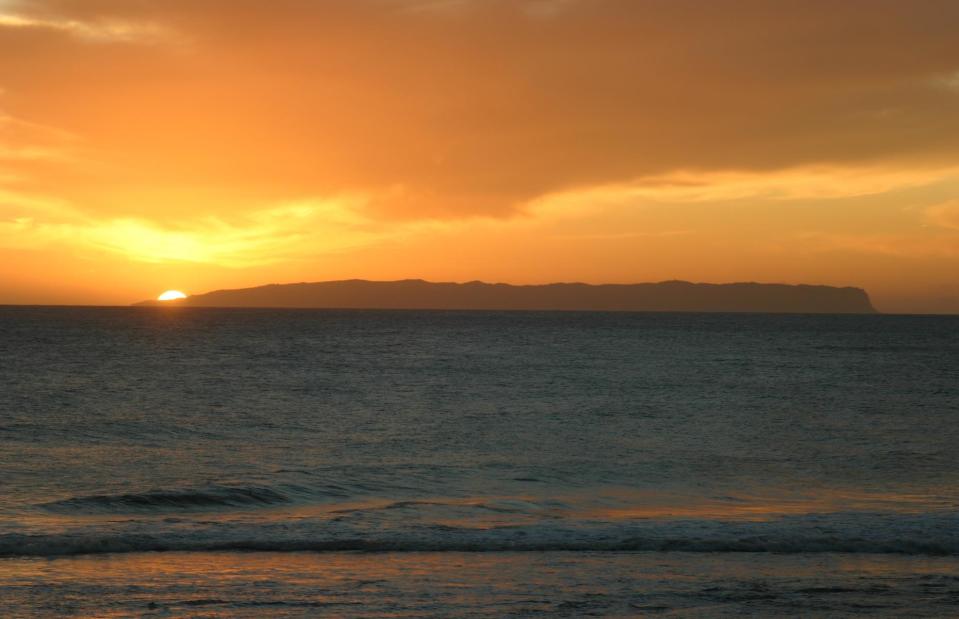
Robert Spriggs/Shutterstock
From north to south the islands of Hawaii extend around 1,500 miles (2,400km) and Niihau, known as the ‘Forbidden Island’, is the Aloha State's most isolated spot, located in the north. The island was purchased by the Sinclair family from the King of Hawaii in the 1860s, under the condition that the traditional, self-sustaining lifestyle was shielded from outside influences. It’s still privately owned by their descendants, so this island with approximately 250 residents is closed to tourists.
Wake Island, United States Minor Outlying Island
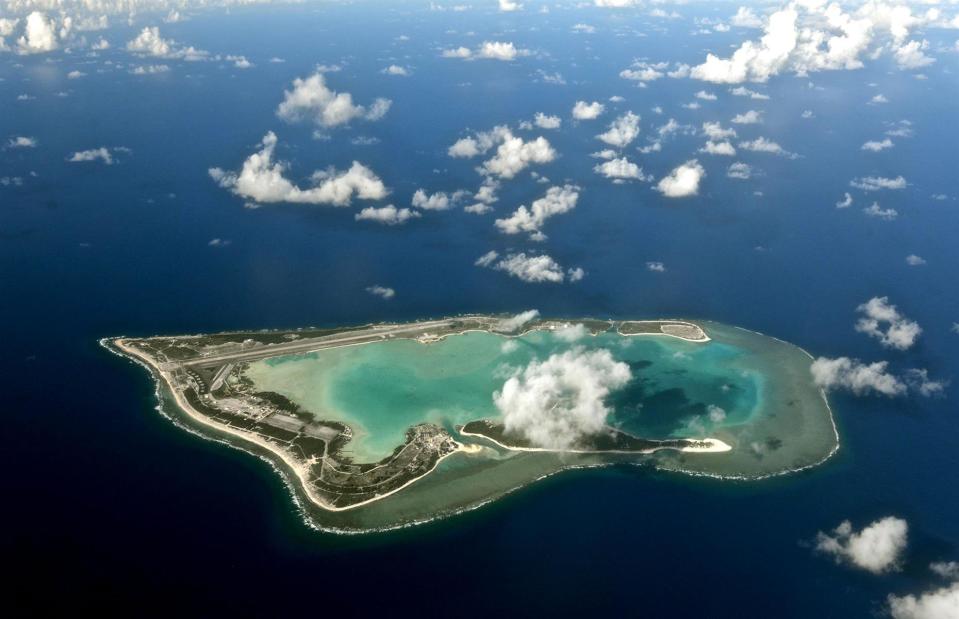
U.S. Air Force photo/Senior Airman Alexander W. Riedel/Public domain/Wikimedia Commons
While Hawaii is a six-hour flight from LA, Wake Island is further away still. This coral atoll sits 2,300 miles (3,700km) west of Honolulu, and a full 4,600 miles (7,402km) away from Los Angeles. There’s not much here, aside from a US military base and research station, the staff of which constitute the island’s population of about 100 people.
Pohnpei, Federated States of Micronesia
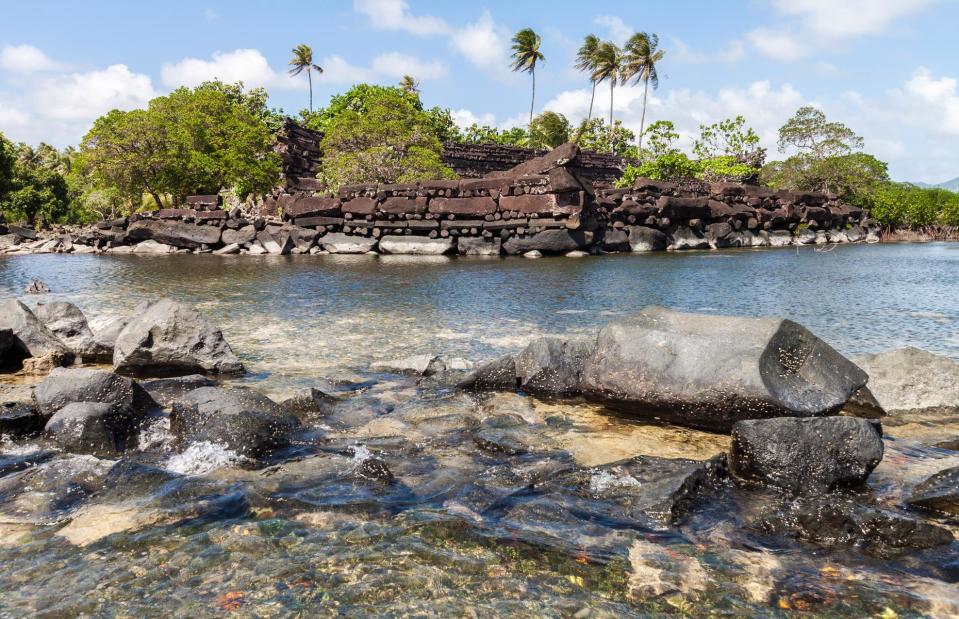
maloff/Shutterstock
Although Pohnpei is the largest island of the FSM with a population of just over 36,000, it’s still tricky to reach. But the payoff for making the journey is incredible; as well as a fusion of Micronesian and Polynesian culture, unspoilt rainforest and waterfalls, Pohnpei boasts a mysterious archaeological site known as the 'Venice of the Pacific'. Nan Madol is an ancient cluster of 92 stone platforms that appear to float atop canals, housing the remains of kings, sorcerers and the society that once lived here.
Rodrigues Island, Mauritius
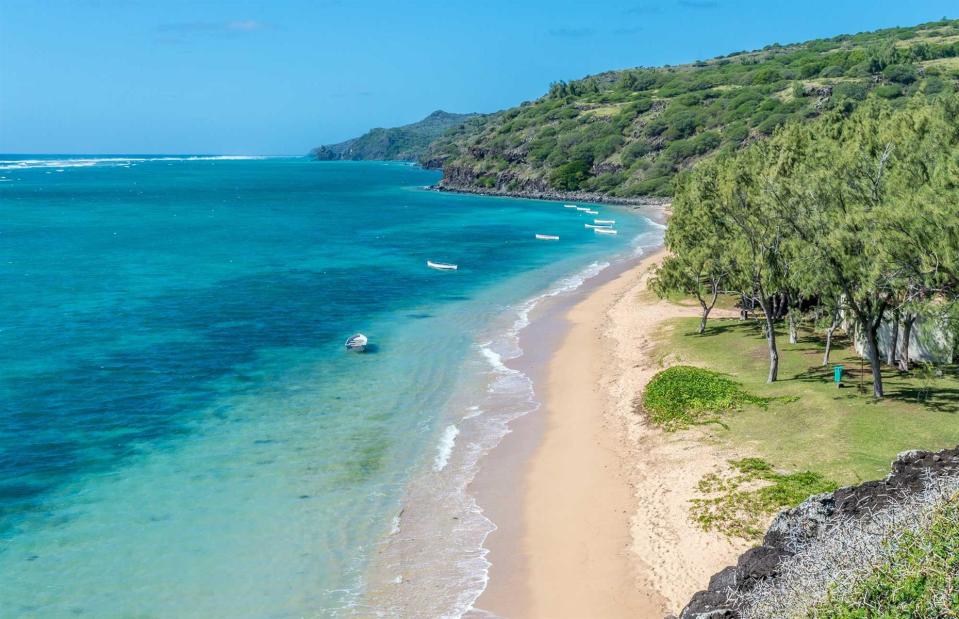
Ricardo Stephan/Shutterstock
It may be small but tropical Rodrigues island is bursting with culture. Like the rest of Mauritius, its circa-41,000 inhabitants are an incredibly diverse group, descended from East African, Indian and Chinese settlers. No matter the time of year, there’s always a festival to enjoy: come at Christmas, Easter, Holi, Eid, Diwali or Lunar New Year, and you’ll find a lively island party in full swing.
Paramushir, Kuril Islands, Russia
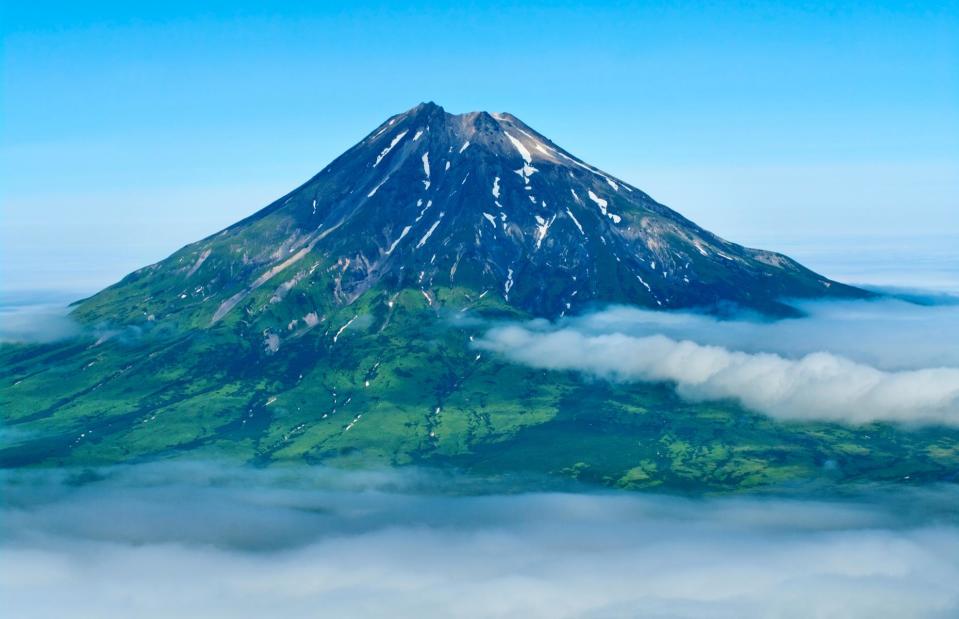
Belikova Oksana/Shutterstock
The Kuril Islands, disputed by Russia and Japan, are as geologically explosive as they are political: Paramushir, in the north of the chain, is made up of 23 volcanoes. Five continue to be active, including Ebeko, which gives visitors and the island's inhabitants a regular steamy (and ashy) show. Aside from a few thousand human residents, Paramushir is also home to brown bears, sea otters and whales.
Ulleungdo, South Korea
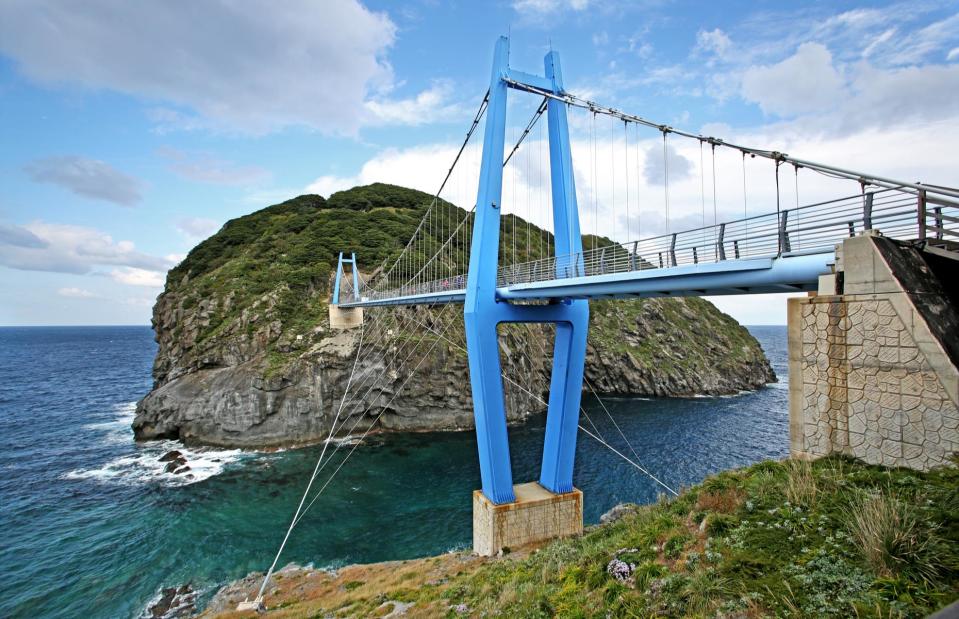
Stock for you/Shutterstock
Known as South Korea’s most spiritual island, juniper-scented Ulleungdo was deliberately abandoned for four centuries between 1400 and the 1890s as a precaution against Japanese invasion. Today, around 9,000 people live on this isle, a three-hour ferry journey from the South Korean mainland. It’s not an easy life, as the residents inhabit one of Korea’s snowiest places, but the natural surroundings, hiking and backcountry skiing make up for the turbulent weather.
King George Island, South Shetland Islands, Antarctica
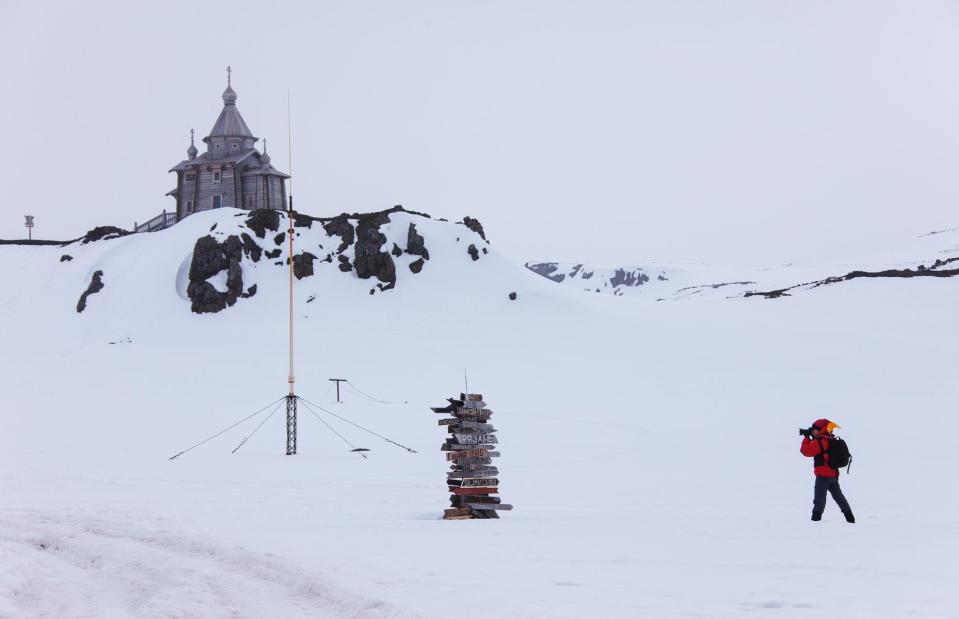
Stanislav Beloglazov/Shutterstock
With a population of a few thousand scientists, year-round research bases, and even an annual marathon, King George Island is practically buzzing with Antarctic activity. One of the largest scientific stations is owned by Russia, who constructed the southernmost Orthodox church in the world on King George Island in the early 2000s. If you’d like to see it, you’re in luck, as the island is usually a stop-off on summer cruises around the Antarctic Peninsula.
Linosa, Sicily, Italy
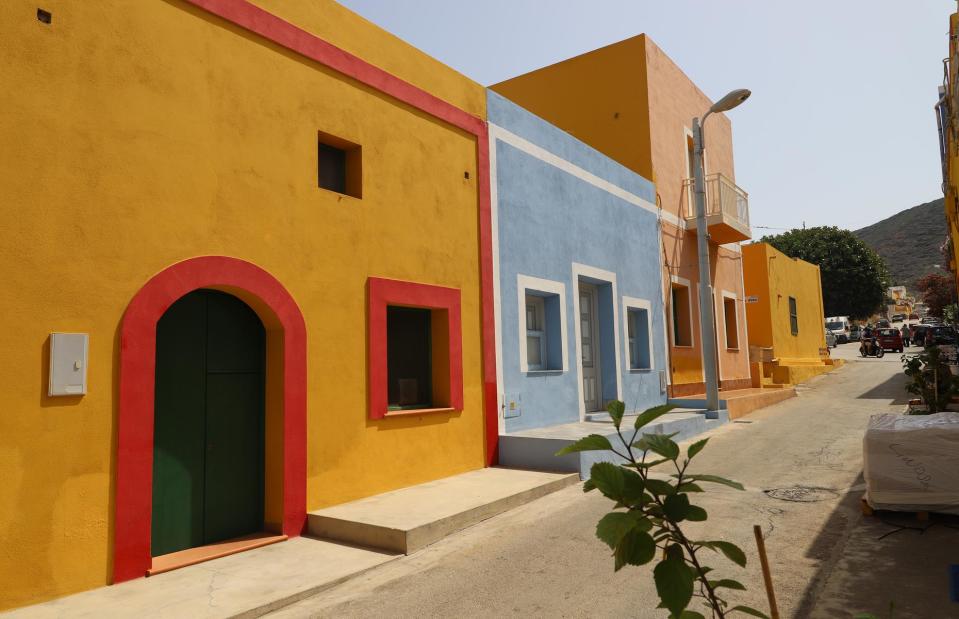
rub_pics/Shutterstock
Sandwiched between Italy, Malta and Tunisia, Linosa is one of Italy’s last remaining isolated islands with just 200 or so residents. There’s one town on Linosa, filled with friendly B&Bs, colourful houses and clever street art that budding photographers will love. Head out on the island’s sole main road, fringed with prickly pears, to explore the volcanic beaches and watch sea turtles lay their eggs.
Wrangel Island, Russia
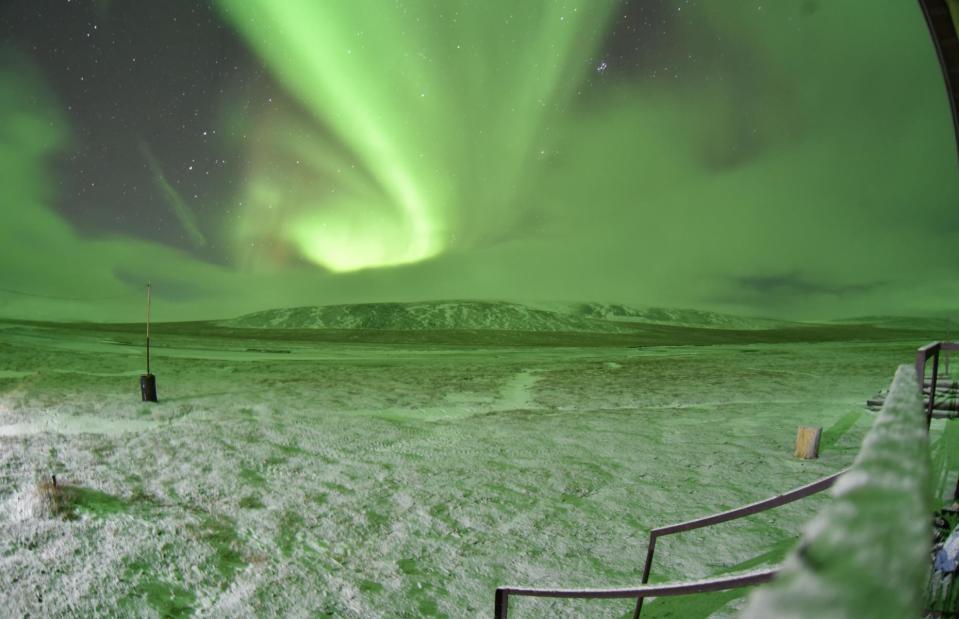
Gruzdev/Shutterstock
Located in the icy waters north of Russia, spitting distance from Alaska, is Wrangel Island – a reserve home to lemmings, polar bears, musk oxen, arctic foxes, walruses and reindeer. During the early 20th century this remote spot was wrestled over by the Canadians, the British and the USA, but the island has remained part of Russia. Nowadays there is usually just one permanent resident, an environmental protection officer, looking after this UNESCO World Heritage Site.
Diego Garcia, Chagos Islands, British Indian Ocean Territory
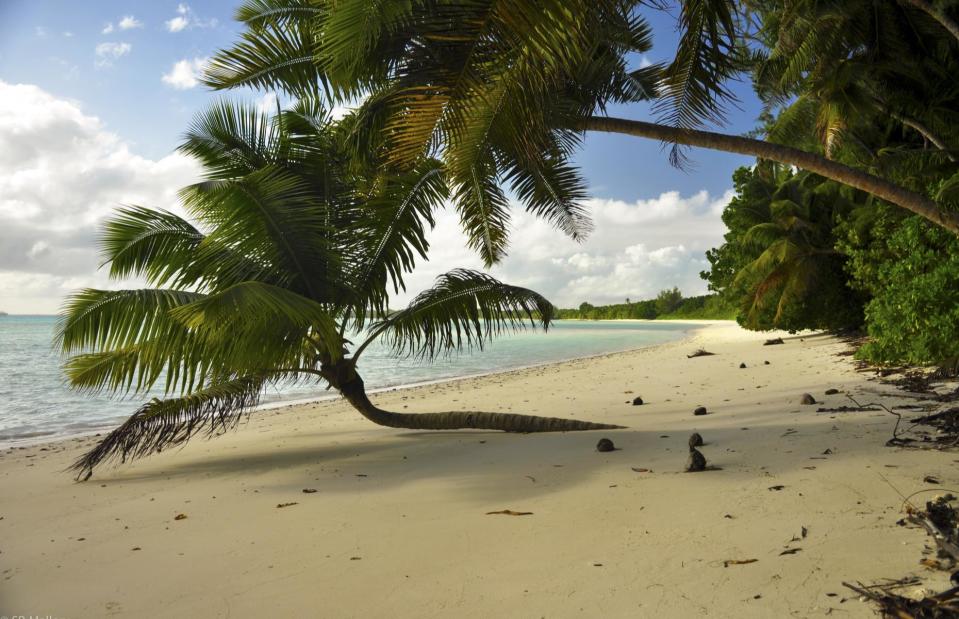
Stephen P. Mallory/Shutterstock
This atoll in the Indian Ocean is occupied by a British military base, so it’s top-secret and access for visitors is heavily restricted. To build the base during the 1970s, the British government evicted 1,200 Chagos Islanders (the descendants of enslaved people brought to the islands), sending them to Mauritius and the Seychelles. The move remains controversial as a ruling in January 2021 by the UN court found that the UK should return the Chagos Islands to Mauritius. Though the two countries negotiated for a while, the UK ultimately refused to hand back control of the archipelago.
Itbayat, Batanes, Philippines
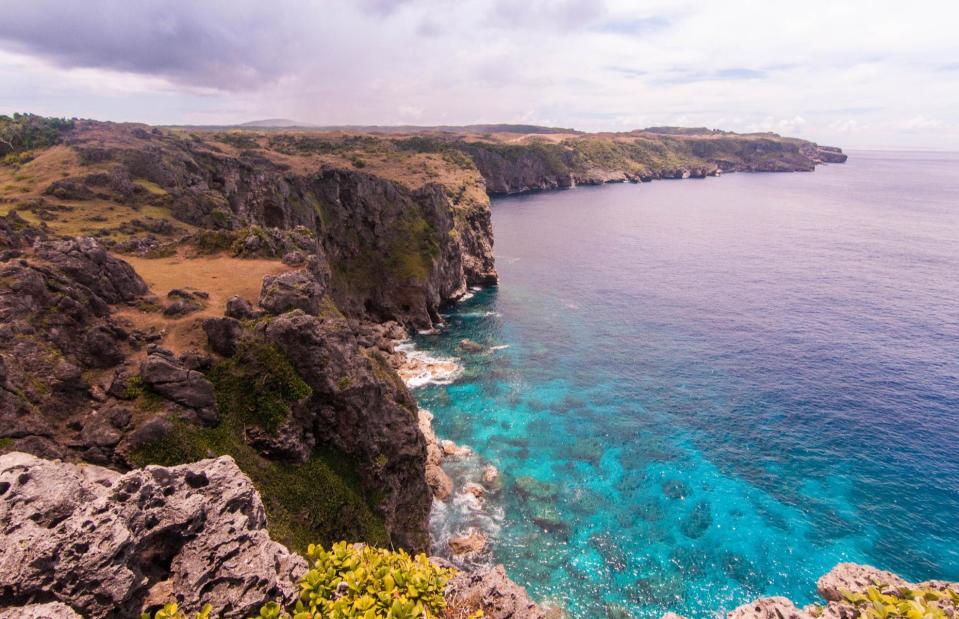
CJ Capati/Shutterstock
In a country of 7,100 islands, Itbayat stands out as the Philippines’ northernmost inhabited island with around 3,100 residents. You won’t find the typical tropical beaches here, but rocky platforms and cliffs that stand against the unrelenting Pacific Ocean. The people of Itbayat speak a unique Austronesian language, and their lives are dictated by the weather: centuries-old stone houses and tree-lined farms are built to withstand the infamous winds that pummel Itbayat.
Palmerston, Cook Islands
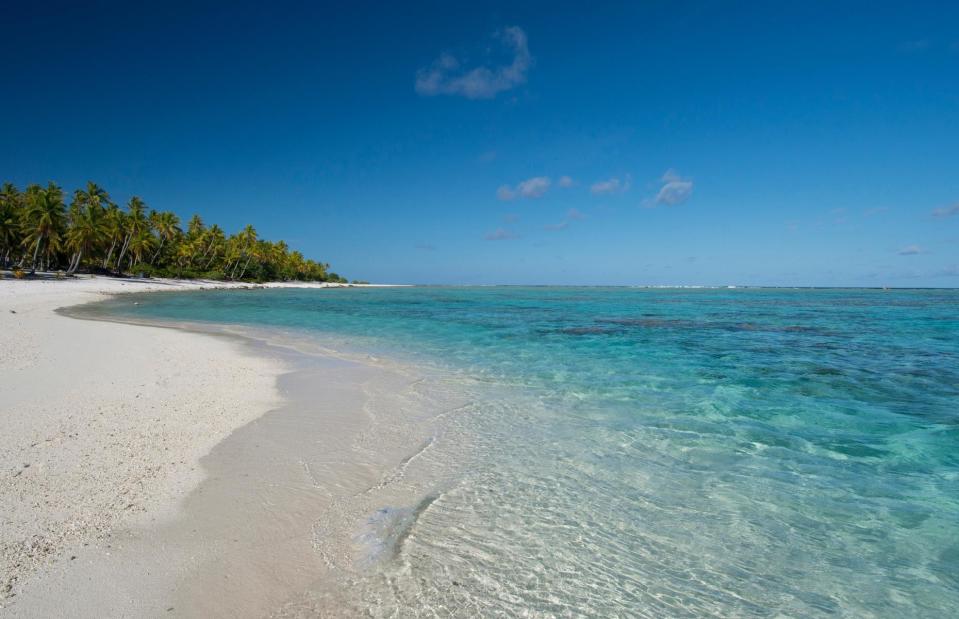
Danita Delimont/Shutterstock
Some say living on an island is like being one big family, but on Palmerston, that’s literally true. Nearly all of its population (around 50 souls) are descended from one Englishman and his three Polynesian wives, who settled here in 1863 to manage a coconut plantation. The only way to get to Palmerston is by a biannual cargo ship, but when you disembark, you’ll be welcomed by the islanders – especially if you bring goods from the outside world.
Cocos (Keeling) Islands, Australia
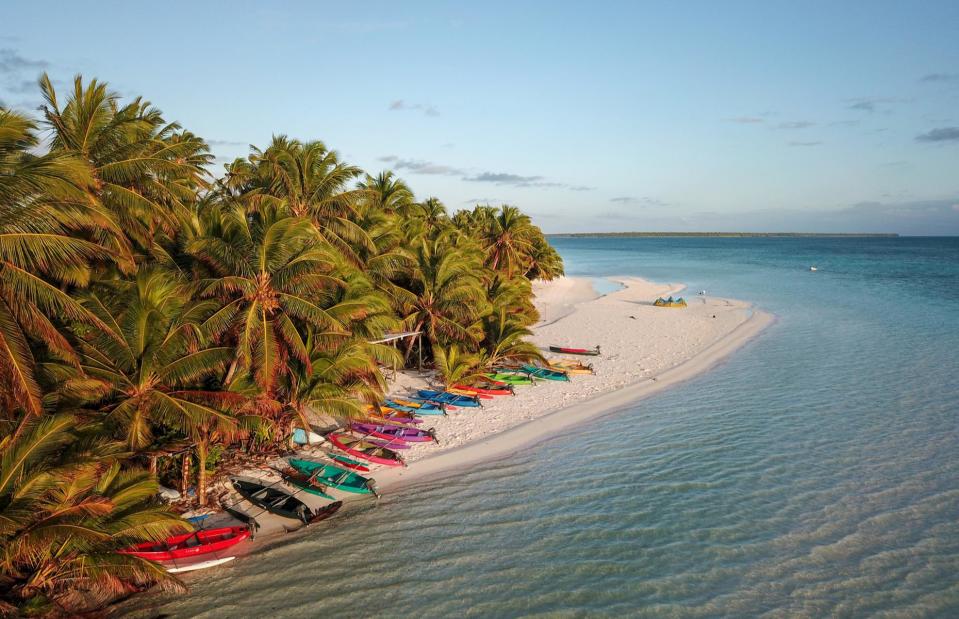
JustAbove/Shutterstock
With only a couple of flights a week linking the Cocos (otherwise known as Keeling) Islands to the Australian subcontinent, make sure you’ve packed enough supplies for a great trip. You’ll need your watersports gear, as the kitesurfing and kayaking and are out of this world. About 600 people live here but only two of the islands are inhabited, mostly by Cocos Malays, descendants of enslaved labourers who have fused Malay customs with the Scottish traditions practiced by the islands' former owners.

